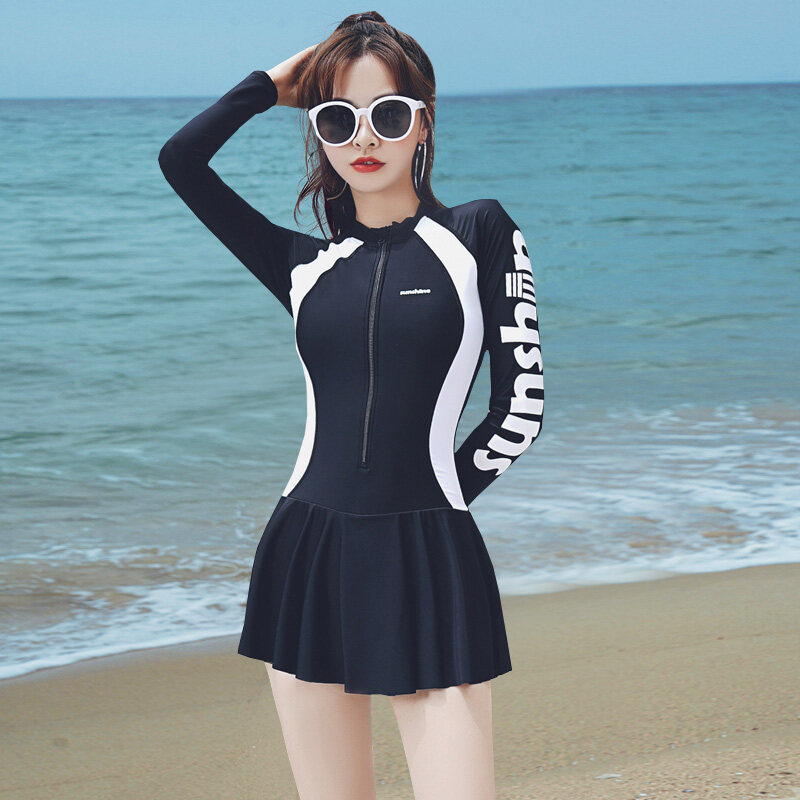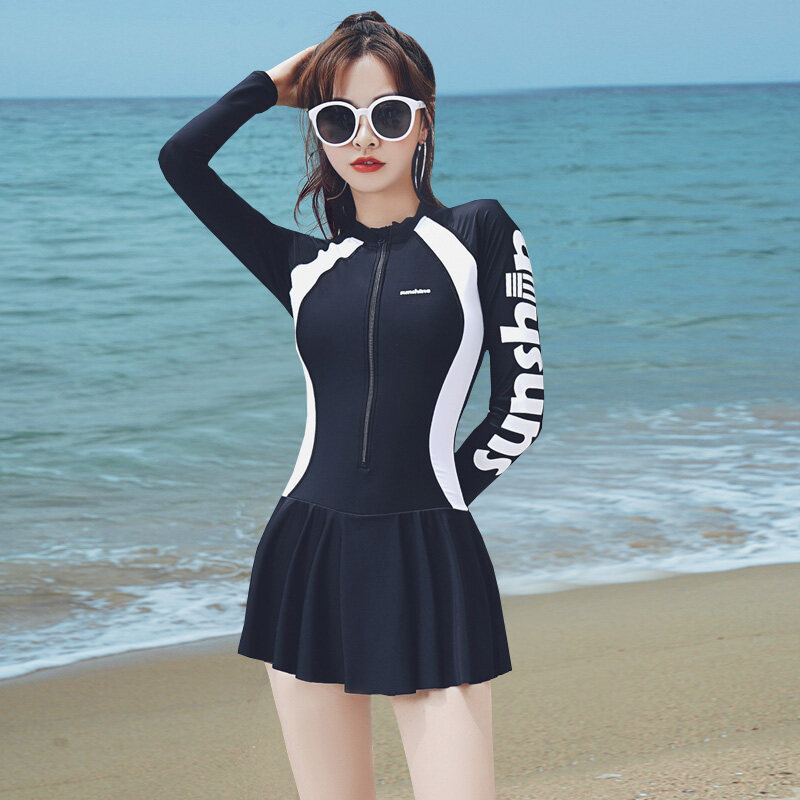Fashion is in the midst of a revolution. Once celebrated for creativity and glamour, the industry now finds itself grappling with a harsh reality: it contributes to 10% of global carbon emissions and produces an estimated 92 million tons of waste each year. With these staggering figures, the question of sustainability has moved from the sidelines to center stage.
Consumers are demanding change. From small boutique brands to global giants, the pressure is mounting. At the heart of this shift lies a critical decision: Should brands use sustainable fabrics or stick with regular ones? The answer isn’t as straightforward as it seems.
When it comes to choosing between sustainable and regular fabrics, the debate hinges on three main factors: environmental impact, cost, and consumer perception. Sustainable fabrics are celebrated for their eco-friendly nature, but regular fabrics remain the industry’s backbone due to their affordability and accessibility. To make an informed decision, brands must weigh the pros and cons carefully.
Understanding Sustainable Fabrics
What Are Sustainable Fabrics?
Sustainable fabrics are materials designed to minimize environmental harm during their production, use, and disposal. They are often sourced from renewable resources, use less water, and avoid harmful chemicals. Examples include:
- Organic Cotton: Grown without pesticides, using significantly less water than conventional cotton.
- Tencel (Lyocell): Made from sustainably harvested wood pulp, known for its softness and biodegradability.
- Econyl: A regenerated nylon made from recycled waste such as fishing nets and industrial plastic.
- Piñatex: An innovative leather alternative derived from pineapple leaf fibers.
Benefits of Sustainable Fabrics
- Environmental Impact: Sustainable fabrics reduce greenhouse gas emissions, water consumption, and landfill waste. For example, producing organic cotton uses 91% less water than regular cotton.
- Ethical Production: Many sustainable fabrics are produced in fair labor conditions, ensuring workers’ rights are respected.
- Brand Value: Aligning with sustainability resonates with eco-conscious consumers, enhancing loyalty and long-term brand reputation.
Understanding Regular Fabrics
What Are Regular Fabrics?
Regular fabrics are traditional materials like polyester, conventional cotton, and nylon. While they dominate the market due to their versatility and low cost, their production processes are often resource-intensive and polluting. For instance:
- Polyester: A synthetic fabric derived from petroleum, which takes hundreds of years to decompose.
- Conventional Cotton: While natural, its farming involves heavy pesticide use and high water consumption.
Advantages of Regular Fabrics
- Cost Efficiency: Regular fabrics are cheaper to produce, making them ideal for fast fashion brands.
- Scalability: Their widespread availability supports mass production.
- Versatility: With a wide range of textures, finishes, and colors, regular fabrics meet diverse design needs.
Key Differences Between Sustainable and Regular Fabrics
1. Production Process
- Sustainable fabrics rely on eco-friendly methods and renewable resources. For example, Tencel production uses closed-loop systems that recycle water and solvents.
- Regular fabrics often involve synthetic chemicals, toxic dyes, and non-renewable resources.
2. Environmental Impact
- Sustainable fabrics: Biodegradable and recyclable, they leave a smaller footprint.
- Regular fabrics: High energy consumption and significant landfill waste, especially polyester.
3. Cost Implications
- Sustainable fabrics typically have higher upfront costs, but their durability and reduced environmental taxes can offer long-term savings.
4. Consumer Perception
Consumers increasingly favor brands that adopt sustainable practices. According to a recent survey, 60% of Gen Z shoppers are willing to pay more for sustainable products, signaling a shift in market priorities.
Challenges in Choosing Sustainable Fabrics
Adopting sustainable fabrics isn’t without challenges:
- Higher Costs: Sustainable fabrics can cost 20-30% more than regular options.
- Supply Chain Limitations: Not all regions have easy access to sustainable materials, which can complicate production logistics.
- Quality Concerns: While many sustainable fabrics are durable, some (like recycled polyester) may have limitations in strength or texture.
Why Brands Still Use Regular Fabrics
Despite the benefits of sustainable fabrics, many brands stick with regular options for practical reasons:
- Cost Pressures: For small and mid-sized brands, the high cost of sustainable fabrics can be prohibitive.
- Consumer Awareness: In certain markets, sustainability isn't a priority, reducing the incentive for brands to switch.
- Production Speed: Regular fabrics enable faster production cycles, critical for brands competing in the fast-fashion space.
Case Studies and Examples
Sustainable Success Stories
- Patagonia: This outdoor brand uses recycled materials in 68% of its products, setting an industry standard.
- Stella McCartney: A pioneer in sustainable luxury, Stella McCartney uses innovative materials like mushroom leather and recycled cashmere.
Failures to Adapt
- H&M’s Greenwashing Scandal: The brand faced backlash for vague sustainability claims, showing the risks of insincere efforts.
Actionable Advice for Fashion Brands
- Start Small: Integrate sustainable fabrics gradually, such as launching an eco-friendly capsule collection.
- Partner with Certified Suppliers: Work with suppliers accredited by organizations like GOTS (Global Organic Textile Standard) or OEKO-TEX.
- Educate Consumers: Share your sustainability journey through transparent marketing, helping build trust and loyalty.
- Invest in Innovation: Explore cutting-edge fabrics like algae-based textiles or bioengineered leather to stay ahead of the curve.
The choice between sustainable and regular fabrics isn’t a simple one. While sustainable fabrics offer long-term environmental and ethical benefits, regular fabrics remain more accessible and affordable in the short term. For fashion brands, the key lies in aligning fabric choices with their values, target market, and long-term strategy.
Ultimately, the future of fashion depends on brands willing to adapt and innovate. By embracing sustainable fabrics and practices, they can not only reduce their ecological footprint but also inspire a greener, more responsible industry. The time to choose is now—what will your brand decide?
At Tideline Swimwear, a swimwear factory based in China, we understand the diverse needs of fashion brands. Whether you’re looking for high-quality regular fabrics or cutting-edge sustainable materials, we’ve got you covered. Let us help you create swimwear that aligns with your vision and values. Get in touch with Tideline Swimwear today to bring your designs to life!
